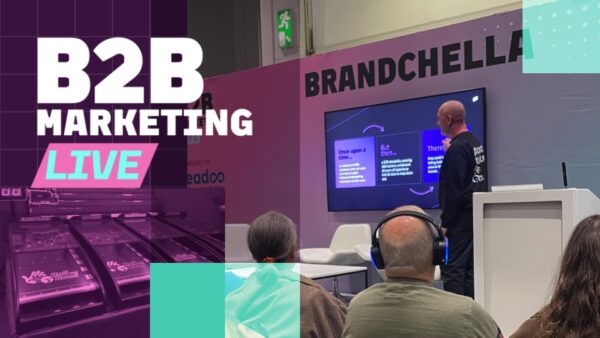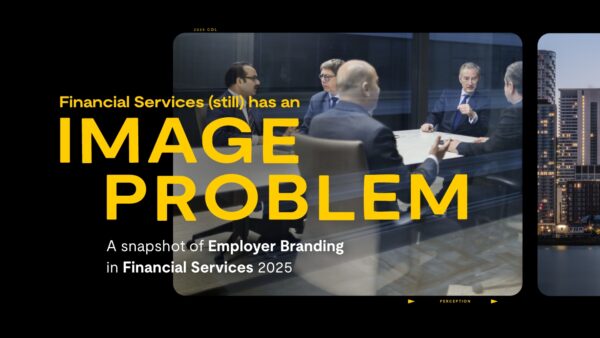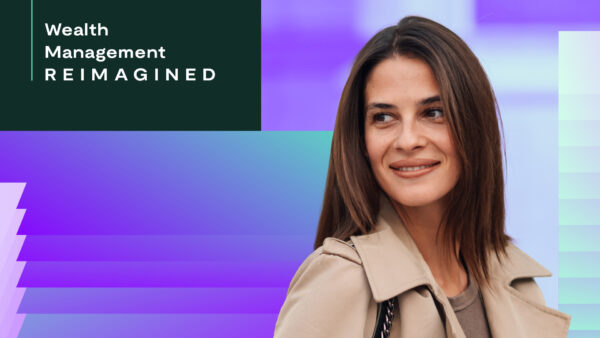From student to agency designer: A graduate's guide
It’s that season again – where the next cohort of creative graduates looks to enter the industry as an agency designer with wide eyes.
At this time, agencies receive a large number of PDF portfolios, links, and meeting requests from students looking to bridge the chasm between education and an agency role.
To help any aspiring creatives to find their first role, I have looked into where I have seen some fall down, not on effort, but quite often not knowing what is expected from the industry. This comes from my own experience and from discussions with my fellow creative leads.
Your portfolio. Your shop window.
Your portfolio is the single most important tool when looking for work in a design agency. Think of it as your shop window. Getting this nailed as a true representation of you and your USP is a great place to start.
Showing the journey, not just the destination
- Include a mix of process and final outcomes. We want to see how you think, not just what you can refine and polish.
Avoid overly generic templates
- Above all, we want to see your thinking and originality. Be wary of giving generic and widely used templates that take the limelight in your moment to shine.
Add a personal touch
- Do something memorable to cut through the many communications we receive. This could be your portfolio, cover letter or something bespoke, posted or even hand delivered! This is your chance to show us what you are capable of.
It’s all about context
- If you’re sending cold and you aren’t there to talk through your work, add some text to introduce projects.
Set the scene
- Adding a CV-like page to your portfolio can be useful for stating transferable skills or listing fundamentals you don’t want bulking out your cover letter or email.
Check and double-check
- Across your email and portfolio/website do check and check again for typos.
Optimise
- When emailing, keep attachments under 10mbs for firewall, loading and sustainability reasons.
Be patient, but proactive
- Agency life is busy. Give it a few days before chasing up an email if you haven’t heard back and don’t take any ‘no’ replies personally.
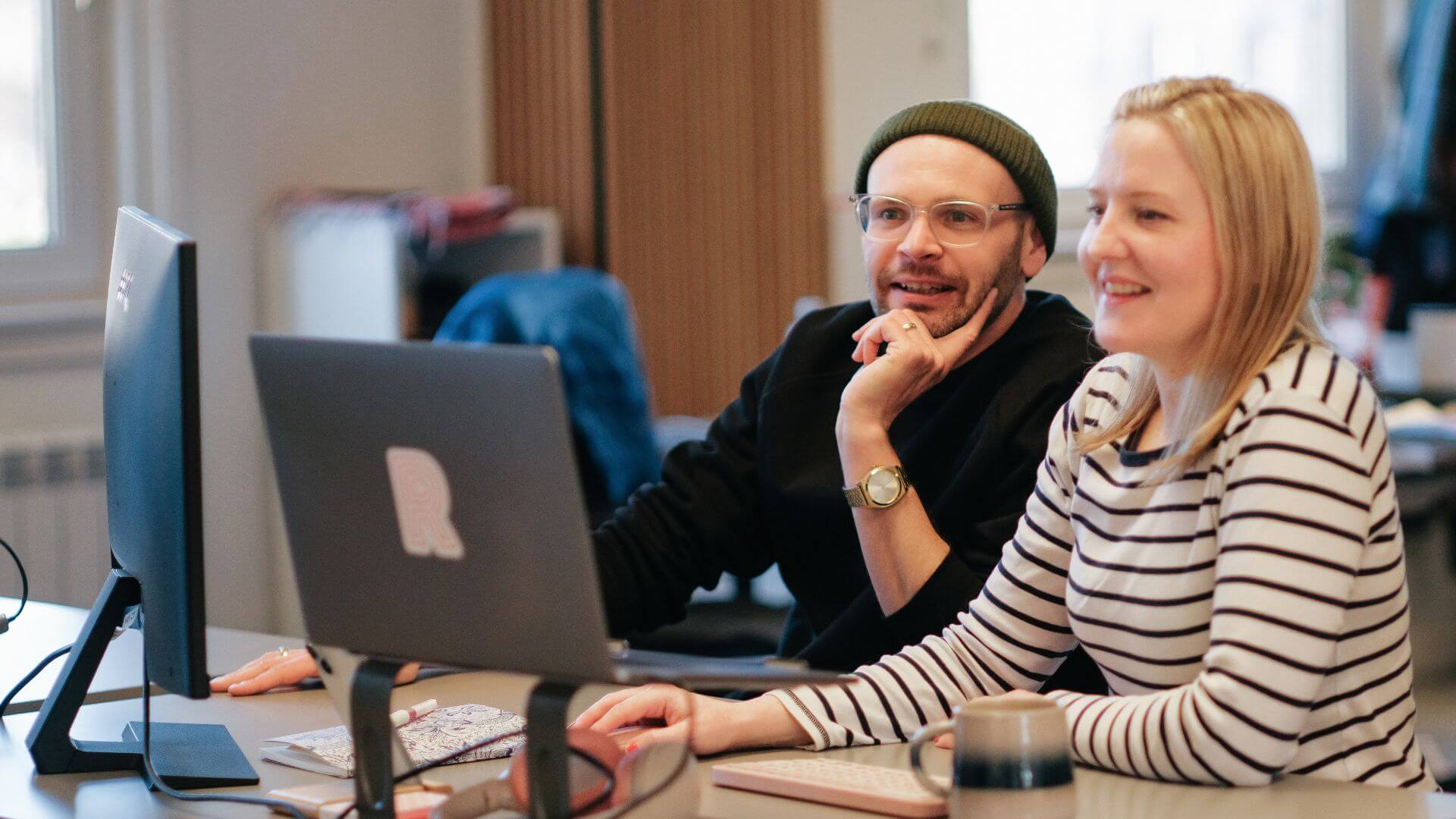 Your portfolio is the single most important tool when looking for work in a design agency.
Your portfolio is the single most important tool when looking for work in a design agency.
Make the right impression face-to-face
You have landed an interview – well done! A common structure for a meeting like this is to have some background chat about where you are currently in your design career, your education and creative passions. Then you might be asked to go over a few of the projects in your portfolio, followed by time for questions.
Pre-meeting
- If they haven’t specified in the comms, do ask if you need to prepare anything in particular for the meeting.
Be on time
- You don’t want to start on the back foot. If the interview is in person, do consider doing a recce beforehand to make sure you can find the office and nothing can catch you out on the day.
Set the scene
- When talking about your work, don’t presume people know the briefs, clients or projects. Give them context to the challenge you had.
Clarify your role
- If it was a collaboration, clearly explain the part you played.
Explain your decisions
- Be prepared to justify your creative choices. Why this composition? Why that typeface?
Slow down
- It is easy to rush a presentation if you are nervous, so be kind to yourself, take a breath, and have some water.
Show and tell
- If you have prepared slides to talk through, show your work in a large and bold fashion, keeping text to a minimum, instead adding this detail as you talk. I have always found it’s best to have a portfolio with text for sending cold, and a separate more visual portfolio for presenting in person.
Confidence over modesty
- Don’t talk work or yourself down. Present with pride and focus on the positives.
Culture fit
- Interviews are a two-way street. Do use an interview as an opportunity to see if this is somewhere you would like to work and grow. Take in the vibe, the people and the values.
Question time
- Always prepare a few questions to ask the interviewer. This is a great opportunity to show you are committed and have done some research on the agency.
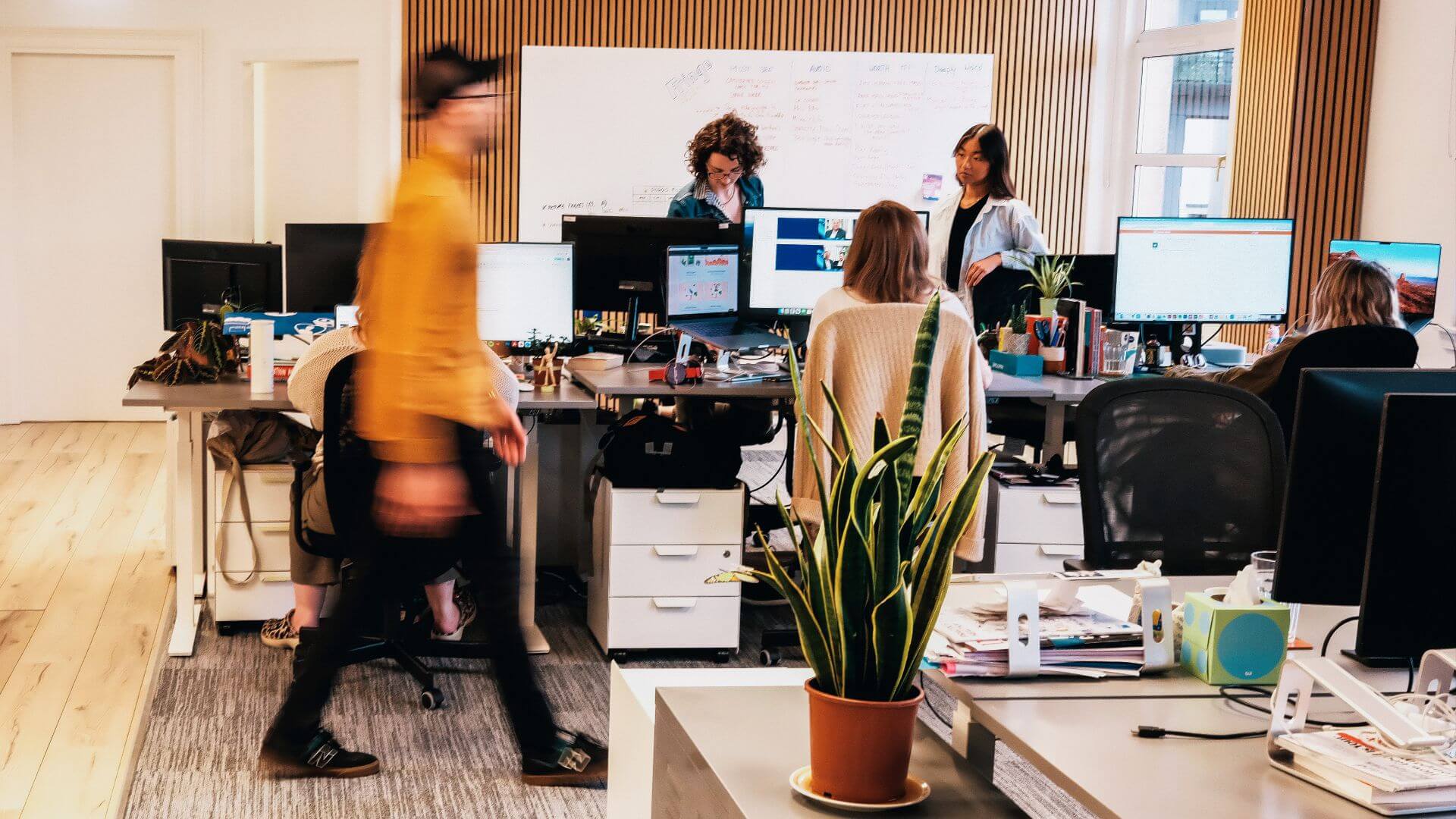 Be prepared to justify your creative choices. Why this composition? Why that typeface?
Be prepared to justify your creative choices. Why this composition? Why that typeface?
Internships and first roles
You are in! Whoop whoop! But now is not the time to relax… Early on in your career it is a great opportunity to see how different workplaces operate. Agencies vary so much, finding out which suit you and where you want to develop certain skills or niches is fundamental.
Build relationships
- If you are invited to a social event do try and go. These moments allow colleagues to see another side of you and often where trust and team bonding forms.
Be reliable
- Turn up on time. Show people you care and are taking this opportunity seriously.
Be present
- Be a sponge. Unless you have focus-related difficulties do try to work without headphones, you will learn and pick up so much more from across the whole agency.
Be helpful
- Look for opportunities to take things on. Raise your hand.
Be curious
- Accept you won’t understand everything, and you will fail at stuff. Don’t worry, that’s all to be expected. There’s never a better time to ask questions about everything.
Be resilient
It may take some time to get an agency role, but persevere and opportunities will come. Learn from every interaction, pay attention to which of your projects get people excited, and which projects you find easier to present and refine your approach from there.
Curious what it’s like to work at a B Corp certified agency? Learn more about who we are at Rationale.
Good luck!

